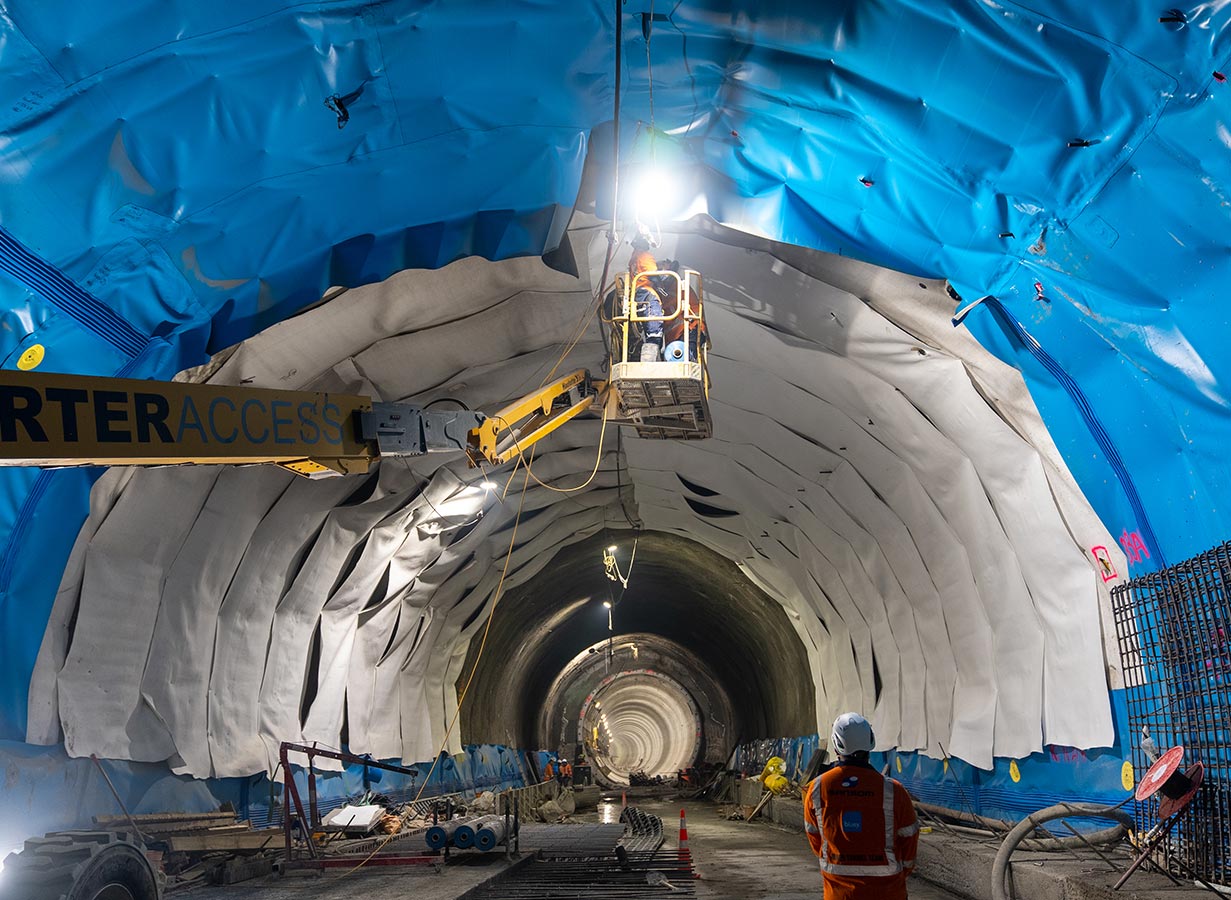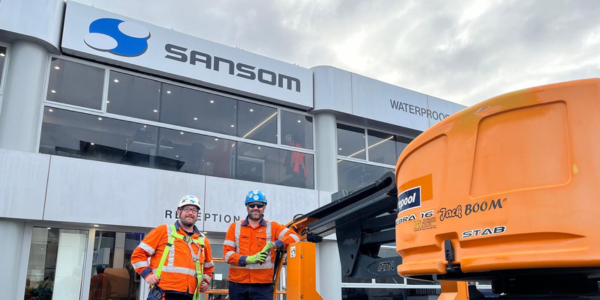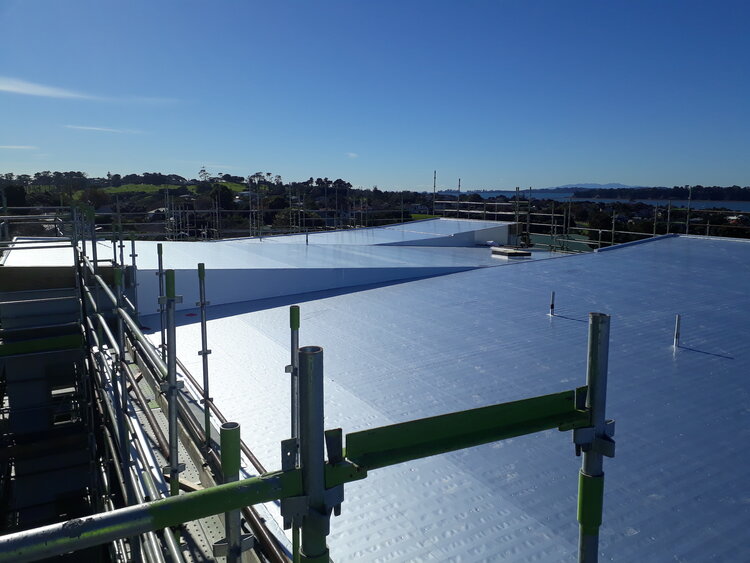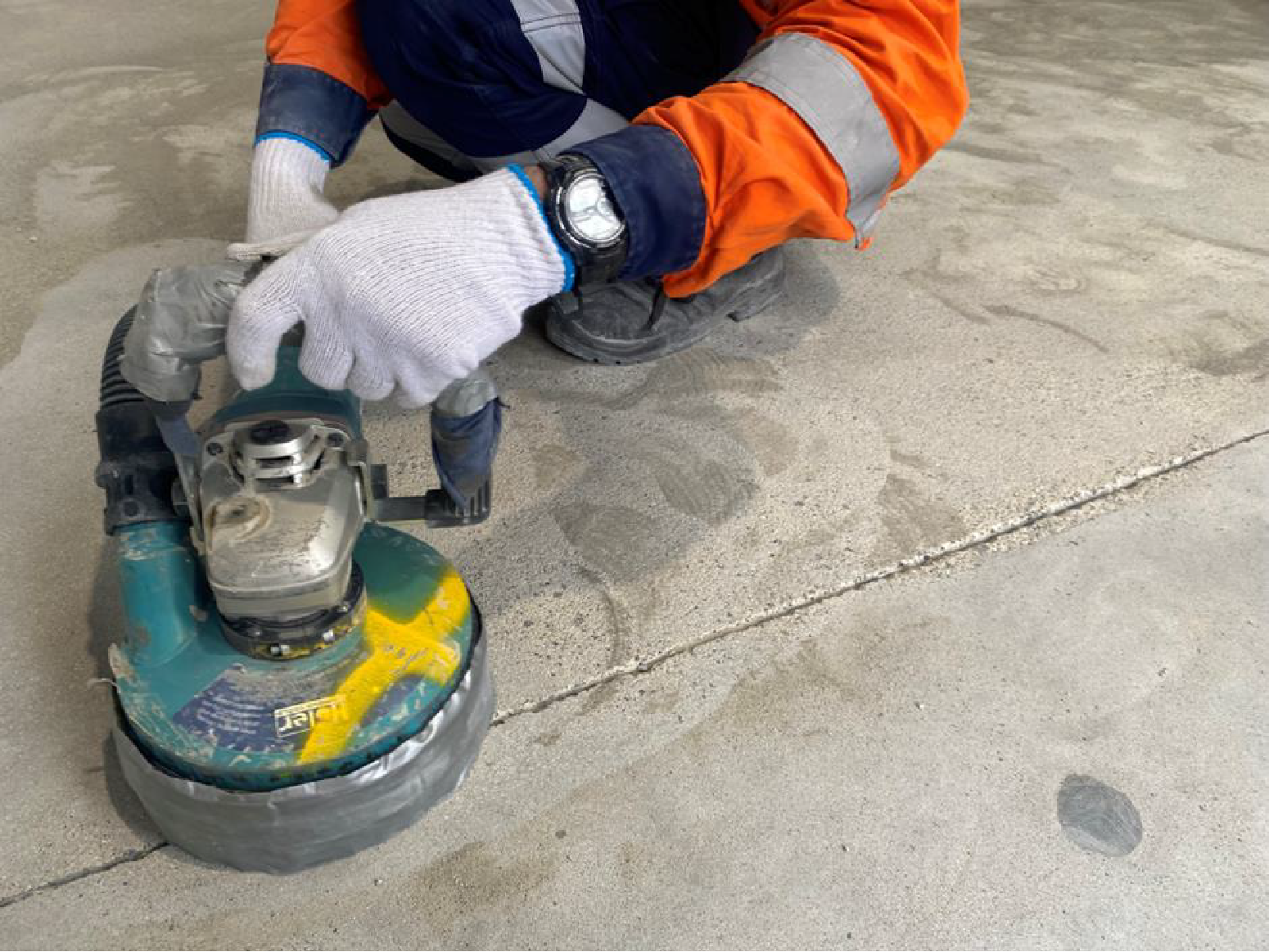By Elton Sturmfels, Director
Modern infrastructure relies heavily on tunnels, yet these essential structures present unique challenges in design, construction, and maintenance.
In New Zealand, tunnel projects face particular complexities due to being built infrequently and with stringent oversight requirements. From water supply conduits to rail passages, each tunnel serves a specific purpose and demands careful consideration across its entire lifecycle.
While this uniqueness brings challenges, it is also exciting and a type of infrastructure project that we love working on.
Having been involved in the design, construction, maintenance and remediation of countless tunnels over the last 40 plus years, including some of New Zealand’s largest projects such as Victoria Park Tunnel and CRL (City Rail Link), we know what is involved in achieving a successful outcome.
What is a Tunnel?
A tunnel is a structure that allows people, vehicles, water, or utilities to pass from one place to another underground. It doesn’t always have to be fully enclosed—some open tunnels, known as trenches, are part of the same concept. Tunnels can carry all kinds of things, including trains, cars, electrical cables, water, sewage, and air. Even buildings can have tunnels, such as air circulation passages, service tunnels, or plenums.
Tunnels are unique structures, and each one is different. They have their own characteristics and personalities, much like ships. Even two tunnels built side by side can have distinct features due to differences in construction, location, or environmental factors.
Some of the earliest tunnels I worked on were dam tunnels, culverts under prisons and police stations, and rail underpasses. More recent projects include the CRL (City Rail Link) tunnel, heritage brick tunnels, and cable tunnels built under substations.
Challenges with Tunnel Construction and Design
One of the main challenges in tunnel construction in New Zealand is the lack of continuous work.
Unlike countries with frequent tunnel projects, New Zealand builds large tunnels sporadically.
This means there are fewer experts with long-term experience in tunnel construction.
Due to this, we’ve seen designs and specifications recycled from earlier tunnel projects when these may not be the right solution for the specific tunnel being designed.
Some industry professionals have returned from Australia to help with major projects like the CRL. Still, overall, there’s a need for more specialists in all aspects of tunnel building—from design to construction and maintenance.
Tunnels also typically involve government oversight and funding, though some private tunnels exist, such as those connecting garages to houses. As with all infrastructure projects, tunnels grow in scale, as do the checks and balances, leading to slower progress and increased costs.
Remediation and Maintenance
Remediation of tunnels typically addresses specific issues like structural settlement, cracks, or increased water ingress.
Repair projects usually involve collaboration between asset owners, engineers, and contractors, ensuring proper execution and post-repair monitoring. Structural integrity is another concern in tunnel remediation. Blocking leaks or sealing cracks must be done without compromising the load-bearing capacity of the tunnel. Each remediation project is unique, requiring tailored solutions rather than a one-size-fits-all approach.
Maintenance, on the other hand, follows a scheduled approach, often requiring work in tightly constrained time windows—such as during train-free periods.
Maintenance contracts typically involve regular inspections and minor works, leading to larger remedial projects. Some tunnels, such as those for water supply, undergo inspections only every five years, making planning critical for necessary repairs. Alterations to tunnels also require careful consideration. For instance, some rail tunnels in New Zealand are being modified to accommodate larger locomotives by lowering the base, which can affect foundational integrity.
Safety Considerations
Health and safety considerations in tunnel projects are critical. Workplace accidents in New Zealand tunnels, while not always publicised, have occurred.
The confined space environment presents challenges with oxygen levels, particularly when using combustion engine-powered machinery. In road tunnels, the “chimney effect” of the structure means that fires can quickly deplete oxygen levels. These risks have led to strict safety protocols, including specialised training requirements and the use of breathing apparatus in certain work environments.
Current tunnel projects often incorporate advanced design features and safety systems. However, some industry professionals argue that New Zealand’s approach to tunnel design can be overly complex, particularly regarding seismic requirements. This complexity can lead to increased costs and extended construction timeframes.
Potential Waterproofing Solutions
Some past tunnel failures could have been mitigated with a better initial waterproofing design. Cross-tunnel passages are particularly problematic, as they often experience significant leakage despite being critical for emergency egress. However, it’s challenging to critique older tunnel designs, as past decisions were made based on available information at the time.
Tunnels also have different design requirements compared to other buildings. While regular buildings have durability expectations of 25 to 50 years, tunnels require 50 to 100 years of longevity. This affects material selection and supplier commitments.
Some designs aim for perfection, which can be impractical or unattainable, particularly in waterproofing. While tunnel designs are typically completed quickly, the more complex sections—such as transitions, seismic joints, and terminations—take longer to resolve and are often the source of leaks.
How Do We Reduce Tunnel Costs?
A design-and-build model in New Zealand could significantly reduce costs. Commissioning a builder to construct a tunnel, road, or building to specification without excessive oversight would likely cut costs in half. Conversely, excessive control and partnerships with builders tend to increase costs threefold due to internal organisational structural slowdowns.
Oversight is necessary, but excessive involvement can be counterproductive. We’ve seen tunnel projects requiring multiple signoffs per section from individuals with limited expertise, adding unnecessary time and cost to the build.
Sansom’s Approach
When it comes to tunnelling, there are few companies in our field with as much experience as us.
We are often involved from the early design phase, advising on materials and methods.
Then our multiple disciplines—from concrete repairs to waterproofing and seismic joints—allow us to address the various challenges that arise in tunnel construction and maintenance.
In addition to fulfilling tunnel maintenance contracts, we also carry out remedial work and are involved in tunnel alterations.
Every tunnel is unique, and our team is experienced in navigating the challenges that come with working on this type of infrastructure—including design, structural considerations, and health and safety.
Let’s have a chat about your next tunnel project – get in touch.




